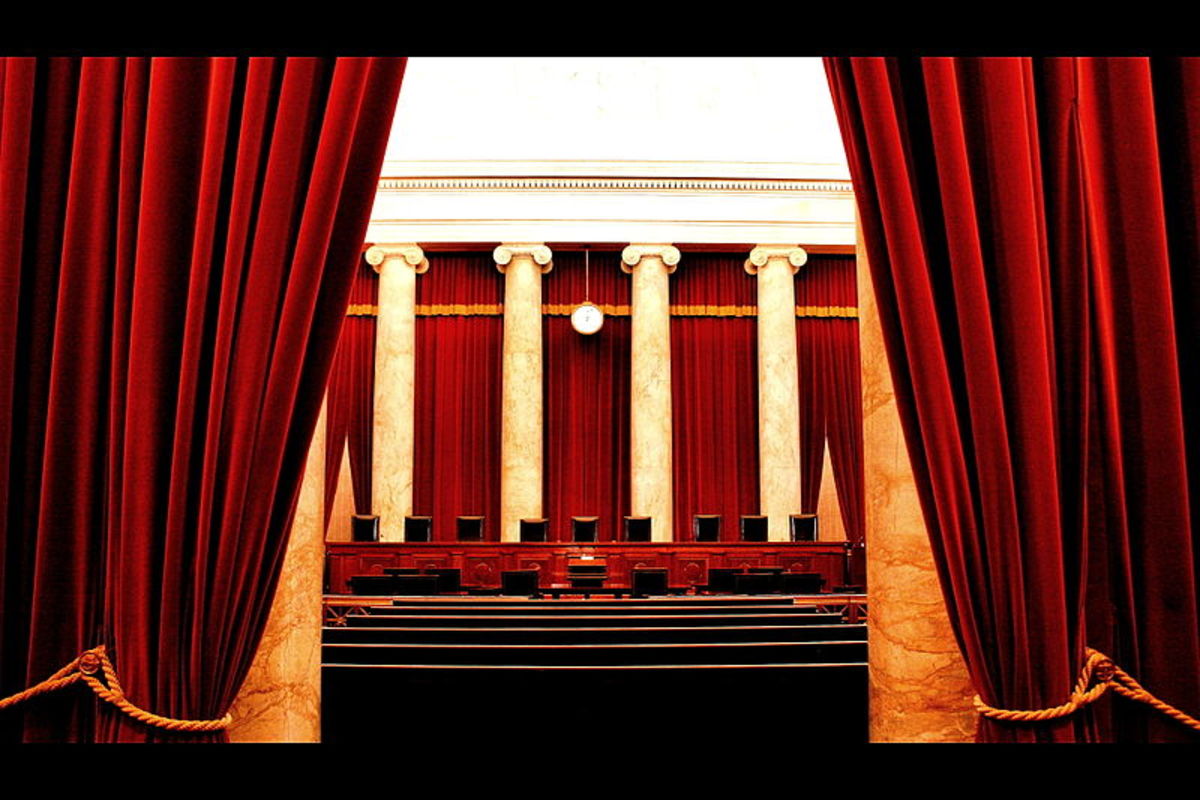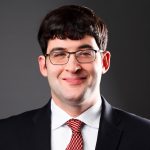
Britney Spears (Photo by Jason Merritt/Getty)
Watching Britney Spears’s conservatorship begin, evolve, and explode before all of our eyes is not only shocking and upsetting, but also very strange. Conservatorships, also known as guardianships in some jurisdictions, are a rather niche area of law, often found within a trusts and estates, elder law, or family law practice. Certainly it is not widely reported in legal reports or law journals, and when it is, the subject identities are removed, and the cases sealed. Determining whether an individual requires a conservator is fact-specific. Each person is different, and the range of individuals who require a guardian of the person, property, or both is wide, including the elderly, the young, the rich, the poor, and individuals of all races and religions.
To watch superstar Britney Spears’s conservatorship publicly unfold, for more than a decade, is a unique experience. It is a peek into a courtroom that most people will otherwise never see. Unlike a personal injury case or a murder trial, in conservatorships the public does not hear the testimony or see the entirety of the evidence. We are not shown confidential medical reports or sensitive psychological notes. Simply put, we do not know the reasons why Spears has a conservatorship or why it is has subsisted for so long.
When documents or information are revealed, as they were yesterday when Spears gave a statement to the Los Angeles Superior Court, we got a small snippet of a complicated and sensitive story. All news outlets are reporting Spears’s emotional testimony and giving her words an audience that she has feels she does not have under the conservatorship. We are all obliged, as media consumers, to hear Spears. For those who are fans, we want to hear more and retweet and repost all that we learn, which is not the whole picture. We must also, however, understand that we have not been privy to 13 years of records, statements, and testimony. And we should not be permitted to see the confidential and medical details about her matter, yet we have been given a glimmer of what is going on. We are now angry or upset, and most certainly interested. We want more.
Spears’s case is a paradox. On the one hand, the media has zoomed in on the matter, and given her a voice that based on her statement yesterday, she has felt she does not have. The media has also highlighted her fans, from the #freebritney movement, who have supported her and brought their concerns to the forefront on Facebook, Instagram, and various podcasts. On the contrary, the media has also accentuated a very private situation, reporting (but not the whole story because they cannot) on a matter whose totality is unknown to the public, and whose privacy should remain protected. Moreover, any time Spears makes a misstep, it is reported or shared, which frames our opinions about her life. Perhaps it is the media reports and paparazzi pictures that have been used as evidence that she needs a conservator. We do not know.
The public may forget, or not know, that a conservatorship proceeding is a legal proceeding, a trial or a hearing, that is adversarial in nature, with attorneys arguing for and against a conservatorship. To obtain a conservator, there is evidence, testimony, and experts who present testimony and evidence. A judge rules, or sometimes there is even a jury. A personal needs and/or property guardian may be appointed and then the court supervises thereafter and makes changes, adjustments, or removals on application.
I do not know whether Spears needs a conservator. In this case, it would seem that a most urgent issue is if she does require a conservator, who should it be and what powers should they hold. There are instances when an individual only needs a personal needs conservator or only a financial conservator. Arrangements can be tailored to limit powers. As is the case in all conservatorships, there needs to be a working relationship between the individual and the conservator. This seems to be lacking in the instant case.
Spears is perhaps one of the most famous individuals of all time. We cannot think that her matter will not be reported or get attention. But unlike other famous litigants such as O.J. Simpson or Phil Spector, whose cases were broadcast around the world, in this case, Spears is not on trial for something she allegedly did wrong. Spears is innocent here and based on her wrenching testimony as to her dissatisfaction, it is she who is a victim. The question that remains, is who is the perpetrator: an individual, the media, the legal system, or society at large.
Cori A. Robinson is a solo practitioner having founded Cori A. Robinson PLLC, a New York and New Jersey law firm, in 2017. For more than a decade Cori has focused her law practice on trusts and estates and elder law including estate and Medicaid planning, probate and administration, estate litigation, and guardianships. She can be reached at cori@robinsonestatelaw.com.







 Jennifer Shogren is a native Nevadan, a graduate of the University of Nevada, Reno, and Gonzaga University School of Law. Before joining the state, she worked for various legal aid organizations providing advocacy for seniors and vulnerable adults, including extensive work defending individuals under guardianship proceedings. She has the distinction of having argued a case in front of the Nevada Supreme Court.
Jennifer Shogren is a native Nevadan, a graduate of the University of Nevada, Reno, and Gonzaga University School of Law. Before joining the state, she worked for various legal aid organizations providing advocacy for seniors and vulnerable adults, including extensive work defending individuals under guardianship proceedings. She has the distinction of having argued a case in front of the Nevada Supreme Court.
 Meyling “Mey” Ly Ortiz is in-house at Toyota Motor North America. Her passions include mentoring, championing belonging, and a personal blog: TheMeybe.com. At home, you can find her doing her best to be a “fun” mom to a toddler and preschooler and chasing her best self on her Peloton. You can follow her on LinkedIn (
Meyling “Mey” Ly Ortiz is in-house at Toyota Motor North America. Her passions include mentoring, championing belonging, and a personal blog: TheMeybe.com. At home, you can find her doing her best to be a “fun” mom to a toddler and preschooler and chasing her best self on her Peloton. You can follow her on LinkedIn (







 Jordan Rothman is a partner of
Jordan Rothman is a partner of 
